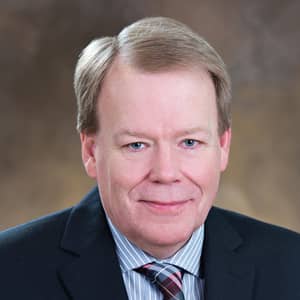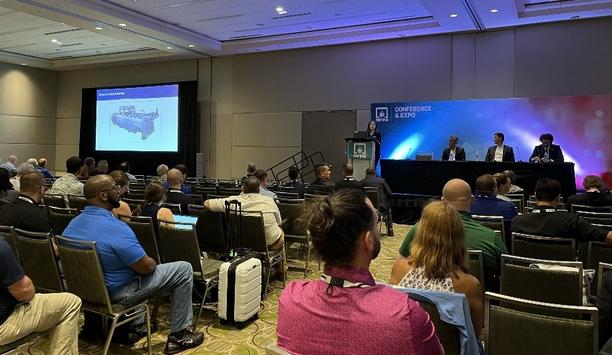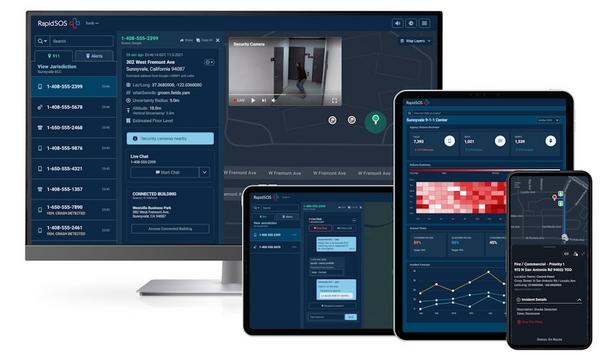Public and firefighter safety is the number one priority at the Rocky Mountain Research Station (RMRS) in Missoula, Mont. The Fire, Fuel, and Smoke Science Program there seeks to develop tools and technology that can help protect people and communities before, during, and after wildfires. RMRS develops and delivers innovative science and technology to improve the health and use of the nation’s forests and grasslands.
Their scientists put tools and knowledge into the hands of managers who can apply them to shared stewardship projects designed to reduce fuels and improve habitat and forest health.
enhanced firefighter safety
The fire research program has enhanced firefighter safety by improving metrics for determining firefighter safety zones and escape routes, improving and modernizing determination of fire danger, and developing systems and applications such as the Wildfire Safety Evaluator (WiSE) and WildfireSAFE to facilitate use of these metrics by wildland firefighters. The program has also pioneered the development of metrics for scenario planning and assessing wildfire risk to communities.
RMRS scientists are leaders in the science of risk management, fire behavior, fire suppression and management, and treating fuels to mitigate risks, as well as post-fire impacts to watersheds and methods to help protect people and communities before, during, and after wildfires.
proactive fire management
USDA Forest Service is a science-based organization, and research has been part of its mission since its inception
“We need to work with our interagency firefighters and industry partners to move us to a more proactive fire management posture,” says Thomas C. Dzomba, Deputy Program Manager and Director of the Fire Modeling Institute at the Rocky Mountain Research Station's Fire, Fuel, and Smoke Science Program. “We are all in this together.”
USDA Forest Service is a science-based organization, and research has been part of its mission since its inception in 1905. In 1908, forester Raphael Zon, declared “Here we will plant the first tree of research,” near Flagstaff, Ariz., at the Fort Valley Experiment Station. It later became the Southwest Forest and Range Experiment Station, and eventually combined in 1953 with the Rocky Mountain Forest and Range Experiment Station.
providing economic opportunities
The combination created the modern footprint of the Rocky Mountain Research Station, which covers 12 states in the intermountain west and includes 14 experimental forests and 14 labs, including the fire sciences lab in Missoula, Mont. The team in Missoula collaborates with researchers globally to advance forest inventory and analysis techniques, to promote science that enhances the wildland fire system, and to provide economic opportunities by improving utilization of wood products.
RMRS also conducts extensive research on watersheds, wildlife and fish, rangeland and forest health, insects and diseases, wilderness, human interactions with natural resources, and much more. The Human Performance and Innovation and Organizational Learning (HP&IOL) team is a part of RMRS and serves the entire agency in order to promote a culture of learning and foster a resilient workforce and advance innovations.
fire management efforts
There are many examples of how fire research can help in adapting to fire on the landscapes that evolved with it
HP&IOL seeks input from employees through verbal and written interviews, focus groups, and other means. Additionally, many of the research staff work directly in support of fire management efforts, enabling them to quickly see what could make fire management or prescribed fire more efficient or safer.
To promote better understanding of the importance of fire research, the fire industry should talk to partners, community leaders, and the public and show them how science helped improve decision-making before and during fire suppression efforts. There are many examples of how fire research can help in adapting to fire on the landscapes that evolved with it. For example, where have fuel treatments helped buffer communities or important resources?
helping protect communities
“We should tell our success stories,” says Dzomba. “Ultimately the best safety measure is to not have to fight the fire, because we’ve learned to adapt, developed mitigations and treated fuels before fire occurs to help protect communities and create more resilient landscapes.”







































